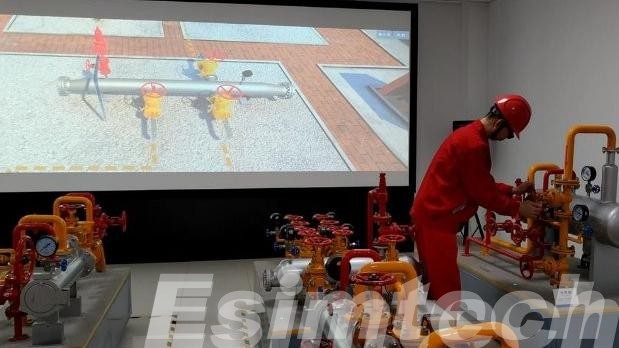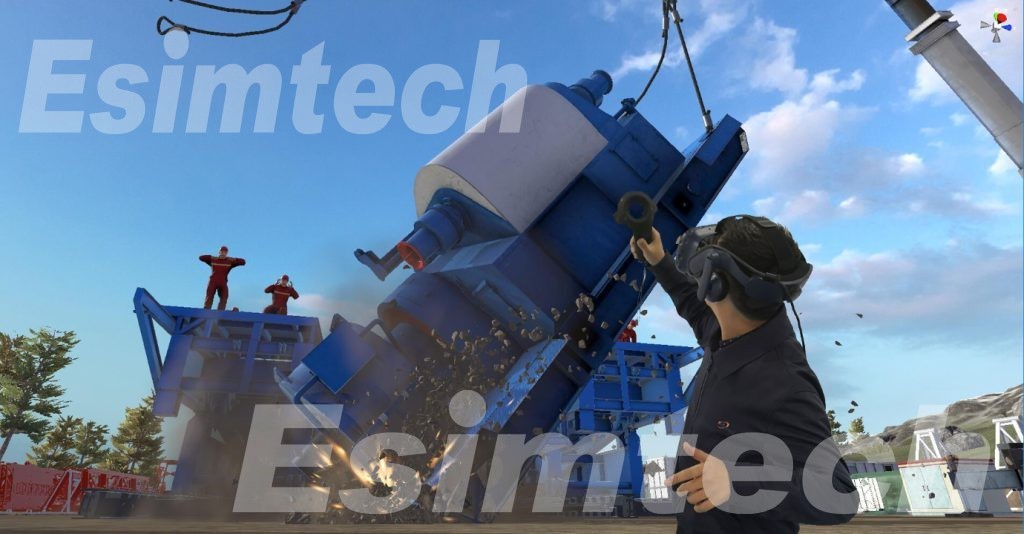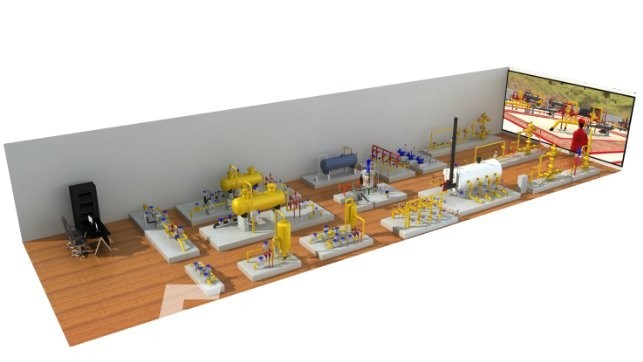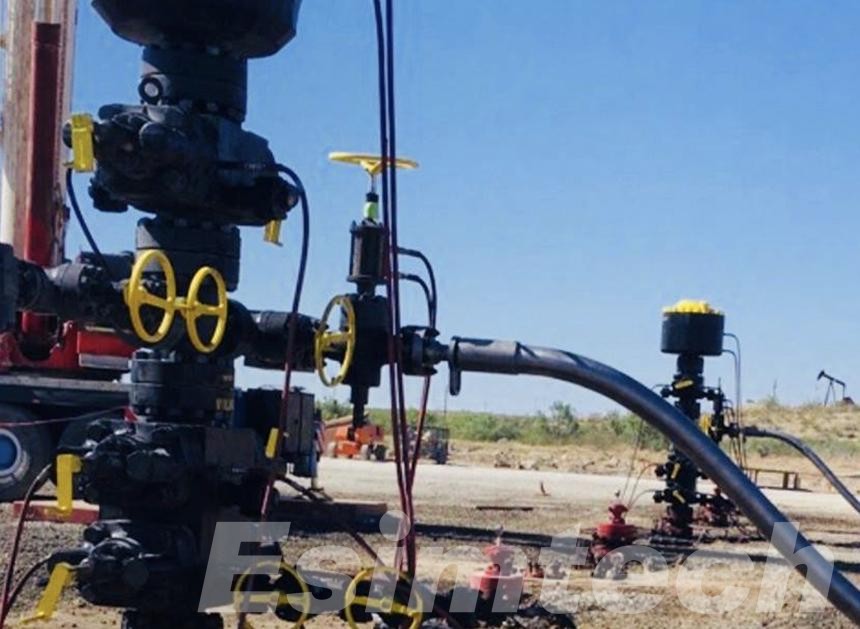Simulation in Gas Production Training: Boosting Engagement & Knowledge Retention
Oil and gas industries are high-stakes environments where operational efficiency, safety and expertise are of utmost importance. While traditional training methods may provide valuable education, they often fail to prepare employees for real world challenges they will be facing on the job. Simulation-based training has revolutionized how professionals learn and retain critical gas production skills.
In this article, we explore the role and benefits of simulation training in gas production education as an indispensable tool in industry.
The Role of Simulation in Gas Production Training
Simulation-based training has become an invaluable asset in gas production, offering dynamic yet risk-free preparation of workers for real world challenges such as plant operations, drilling scenarios and emergency situations in virtual reality environments. Simulations bridge the gap between classroom learning and hands-on experience and offer workers valuable hands-on preparation before real world situations occur.
Simulations offer interactive and immersive learning, where trainees can practice complex procedures, troubleshoot equipment failures and respond to emergencies without real-life repercussions. Not only does this approach increase engagement but it also strengthens knowledge retention as learners apply their abilities in realistic settings.
Simulations offer numerous training benefits that standardize training across teams and ensure consistent competency. From mastering process controls and well operations to safety protocols and other protocols, simulations build employees’ confidence through repetition and real-time feedback. As technology progresses, virtual reality (VR) and augmented reality (AR) simulations offer hyper-realistic experiences for training purposes.
Simulation can provide the gas industry with more than just training tools; it is an investment in creating a safer, more proficient workforce.

Benefits of Simulation-Based Oil and Gas Training
Simulation-based training has transformed workforce development in the oil and gas sector by producing significant gains in competency, safety and operational efficiency. Here’s why leading companies are adopting this technology:
1. Accelerated Skill Development
Hands-on virtual training enables employees to practice complex tasks from well control and emergency shutdowns safely in an immersive yet realistic setting, thus cutting learning curves by up to 60% compared to traditional methods allowing faster onboarding and upskilling of employees.
2. Cost and Operational Efficiency
Field training often requires costly equipment downtime or risky live exercises that interfere with production. Simulations eliminate these expenses while providing repeatable, scalable training without interrupting production; companies have reported up to 40% savings in training costs upon implementation of simulation solutions.
3. Improved Knowledge Retention
Active participation in simulated workflows results in 75% improved knowledge retention when compared with passive learning methods. Trainees retain skills longer because they engage in decision-making, problem solving, and muscle memory development activities during training.
4. Unrivalled Safety Preparedness
Simulations provide workers with unsurpassed safety preparedness; workers can safely experience high-risk scenarios–such as gas leaks, explosions or equipment breakdown–while learning how to react properly without real risk. Studies indicate that simulation-trained personnel demonstrate up to 30 fewer safety incidents during actual operations.

5. Performance Analytics and Continuous Improvement
Simulators provide data-driven feedback on trainee performance, helping identify both strengths and weaknesses to facilitate personalized coaching while meeting industry competency standards.
Simulation allows oil and gas companies to do more than train workers; it enables them to build expertise, lower risks and optimize operations with precision.
Key Applications of Simulation in Gas Production
Simulation technology is revolutionizing gas production training by providing hands-on, risk-free learning experiences. Here are the four most critical applications, each playing an essential part in workforce development and operational safety:
Process Control & Plant Operations Training
Gas processing plants require precise management for efficiency and safety purposes. Simulations replicate real-life operations, providing trainees the chance to:
- Practice starting and shutting off under different conditions.
- Adjust pressure, temperature and flow rates within a controlled environment.
- React quickly to process disruptions such as pipeline blockages or equipment malfunctions in virtual operations environments to reduce errors during live operations and improve plant reliability.

Emergency Response and Safety Drills
Safety is of utmost importance in gas production, where mistakes could result in disastrous situations. Simulations provide workers with preparation for high-risk situations including:
- Training participants practice containment and shutdown protocols for gas leaks and explosions.
- Virtual drills provide training on evacuation and fire suppression techniques.
- Workers learn to isolate and secure malfunctioning systems through exercises designed to strengthen muscle memory. This ensures quicker, more effective responses in real emergencies.
Well Control and Drilling Simulations
Drilling operations can be hazardous and complex; advanced simulators offer training programs for crews of drilling crews in terms of:
- Kick detection and well control – Preventing blowouts by controlling sudden pressure surges.
- Managed Pressure Drilling (MPD) – Preserving exact wellbore conditions while drilling.
- Blowout Preventer (BOP) operations involve carrying out critical shutdown procedures. By simulating high-stakes drilling scenarios, teams develop confidence while decreasing non-productive time (NPT).

Equipment Maintenance & Troubleshooting
Proactive maintenance prevents costly downtime. Simulator-based training aids technicians:
- Locate faults in compressors, pumps, and valves using virtual diagnostics.
- Corrective actions must be undertaken without risking equipment destruction.
- Step-by-step AR-guided repairs improve accuracy and efficiency, providing technicians with more practical preparation to deal with real-world breakdowns.
To Conclude
Simulation-based training is revolutionizing gas production education by making learning more engaging, safe and efficient. From improving operational skills to increasing emergency preparedness, simulations provide unparalleled advantages over more traditional methods of education.
As the oil and gas industry continues to change, companies that invest in simulation training will reap benefits such as increased workforce skills, decreased risks, and greater operational efficiencies. Virtual reality offers companies an efficient future training solution.
By employing advanced simulation tools, organizations can ensure their teams are not just trained but truly prepared for the rigors of modern gas production.

